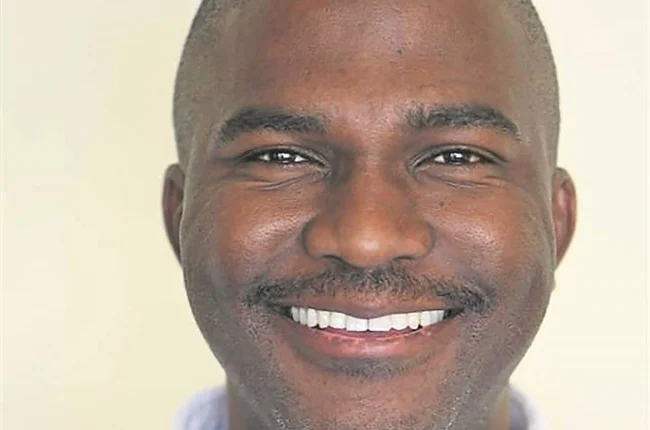Mzansi is reeling from a series of unsettling events that have left the nation grappling with both practical and emotional challenges. The education sector is under strain, with many schools unable to accommodate the growing number of students. Meanwhile, adverse weather conditions have caused havoc in some provinces, and the entertainment world has suffered the loss of beloved figures like musicians Winnie Khumalo and Nomvula “Njunju” Skosana.
In a disturbing parallel, South Africa is facing an escalating attack on its public transport system. On the night of January 27, more than 50 Putco buses were set ablaze in what appears to be an organized act of violence. Just a week later, on February 3, nine buses belonging to the state-owned North West Transport Investment (NTI) were also torched while parked at their depot in Moretele. Adding to the unrest, two Rea Vaya bus drivers were tragically shot and killed in Soweto on the same night.
Although two suspects were arrested in connection with the Putco fire, the motives behind these attacks remain unclear, leaving commuters to bear the brunt of these senseless crimes. For many, public transport is the only viable means of getting to work or school. In areas like Mpumalanga, where Putco operates, residents are left with limited choices, either relying on subsidized buses or the far more expensive taxis that often double the fare.
The situation is similarly tense in areas served by NTI, with commuters facing slightly higher taxi fares than bus prices. The cost difference between buses and taxis isn’t enough to point the finger at taxi operators as the source of the violence. If buses were removed from the equation, overcrowding would likely worsen, making life even harder for the already strained public. The question now remains: who is behind these attacks, and what is the true motive driving this chaos?
